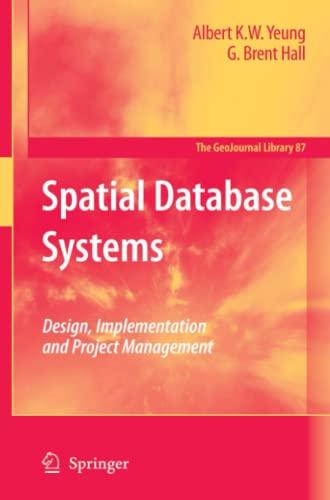Answered step by step
Verified Expert Solution
Question
1 Approved Answer
Below are some simple C++ questions, with all necessary code. 1.) What is the order of the objects before and after adding them to the
Below are some simple C++ questions, with all necessary code.
1.) What is the order of the objects before and after adding them to the Queue and Stack? When and why does it change?
2.) Using the Node class, will the links point from the front to the back of the Queue or from the back to the front?
3.) Which Nodes in the Queue do you need to keep track of? Is there still a top Node pointer?
4.) How can you be sure there are no memory leaks?
Node.h:
#ifndef NODEB_NODE_H #define NODEB_NODE_H /** Represents one node to be used in a linked list Contains data (object) and reference to next in list */ template<typename Object> class Node { private: Object item; Node* next; public: Node(Object newItem) { item = newItem; next = nullptr; } Node(Object newItem, Node* nextNode) { item = newItem; next = nextNode; } void setItem(Object newItem) { item = newItem; } Object getItem() const { return item; } void setNext(Node* nextNode) { next = nextNode; } Node* getNext() const { return next; } }; #endif //NODEB_NODE_H Queue.h:
#ifndef NODEB_QUEUE_H #define NODEB_QUEUE_H /* * Queue class * Functionality: push, pop, peek, isEmpty, print, exists */ #include "Node.h" #include using namespace std; template<typename Object> class Queue { private: // Store the address of the top Node in the Queue Node* top; Node* down; public: // Constructor Queue() { // Queue is empty. Top doesn't point at anything. top = nullptr; down = nullptr; } // Deconstructor / Destructor ~Queue() { // Pop all the Nodes left in the Queue while (!isEmpty()) { pop(); } } bool isEmpty() const { return (top== nullptr); } void push(Object item) { if (isEmpty()) { // This is the first Node in the Queue // Allocate memory in the heap to store the new Node Node* newNode = new Node(item); // Update top top = newNode; down=top; } else { // There is already at least one Node in the Queue Node* newNode = new Node(item); // Update down down->setNext(newNode); down = newNode; } } Object pop() { if (isEmpty()) { // There is no Node to pop. Return the default Object. // Note: This assumes the Object has a default constructor. return Object(); } else { // There is at least one Node in the Queue. // Store a copy of the Object to be returned Object copy = top->getItem(); // Store a copy of top Node* topCopy = top; // Update top to point at whatever the Node we are about to delete is pointing at top = top->getNext(); // Delete the Node from heap memory // Use the delete keyword with a pointer to the memory you want to deallocate from the heap delete topCopy; // Return the Object return copy; } } bool exists(Object item) const { Node* curr = top; while (curr != nullptr) { // Note: This assumes the Object can use the == operator if (curr->getItem() == item) { // Found the item in the Stack return true; } curr = curr->getNext(); } // Did not find the item in the Stack return false; } void printQueue() const { Node* curr = top; while (curr != nullptr) { // Note: This assumes that the Object can use the << operator cout << curr->getItem() << endl; curr = curr->getNext(); } } }; Step by Step Solution
There are 3 Steps involved in it
Step: 1

Get Instant Access to Expert-Tailored Solutions
See step-by-step solutions with expert insights and AI powered tools for academic success
Step: 2

Step: 3

Ace Your Homework with AI
Get the answers you need in no time with our AI-driven, step-by-step assistance
Get Started


